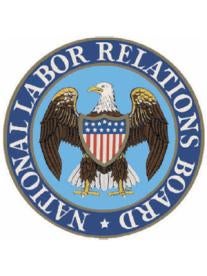On April 19, 2016, the District of Columbia Circuit, held that Orchestra musicians were employees, not independent contractors. Lancaster Symphony Orchestra v NLRB. The National Labor Relations Act (“NLRA”) guarantees employees, but not independent contractors, the right to join a union. In making the determination as to whether a person is an employee or an independent contractor, the National Labor Relations Board (“Board”) considers ten factors:
(1) “the extent of control” the employer has over the work;
(2) whether the worker “is engaged in a distinct occupation or business;”
(3) whether the “kind of occupation” is “usually done under the direction of the employer or by a specialist without supervision;”
(4) the “skill required in the particular occupation;”4
(5) whether the employer or worker “supplies the instrumentalities, tools, and the place of work for the person doing the work;”
(6) the “length of time for which the person is employed;”
(7) whether the employer pays “by the time or by the job;”
(8) whether the worker’s “work is a part of the regular business of the employer;”
(9) whether the employer and worker “believe they are creating” an employer-employee relationship; and
(10) whether the employer “is or is not in business.”
The Board also considers whether the workers have a “significant entrepreneurial opportunity for gain or loss.”
In this case, the Symphony Orchestra in Lancaster, Pennsylvania sent information packets to musicians inviting their participation in a series of concerts. The packets listed the program and rehearsal schedules for the coming year and announced the rate of pay for participating musicians. The packets also described the Orchestra’s policies on a variety of issues, including attendance. Musicians were required to sign an agreement wherein they agreed to work as independent contractors and to conform to the Orchestra’s etiquette standards.
The Board argued that the musicians qualified as employees because of the Orchestra’s extensive control over the means and manner of musicians’ performance, the fact that musicians’ work forms part of the Orchestra’s regular business, the hourly pay, and the limited opportunities for entrepreneurial gain. However, several factors suggested that the musicians were independent contractors due to their high degree of skill, the limited amount of time they worked for the Orchestra, and the parties’ beliefs regarding the nature of the relationship. While the Court believed that the relevant factors pointed in different directions with conflicting views, it deferred to the Board’s conclusion that the Orchestra’s musicians are employees.
As our economy continues to see an increase in temporary positions and short-term engagements, it may become difficult to easily classify a person as an employee or as an independent contractor. Temporary positions, such as the Orchestra’s musicians, or even Uber drivers, create a gray area for companies to properly evaluate their workforce. This new economy may require a new classification of workers wherein some employee rights are provided (e.g., anti-discrimination laws) while others are not (e.g., overtime statutes).



 i
i

